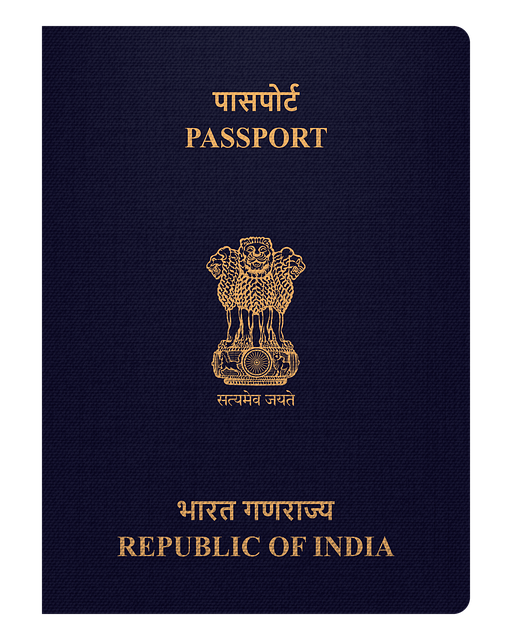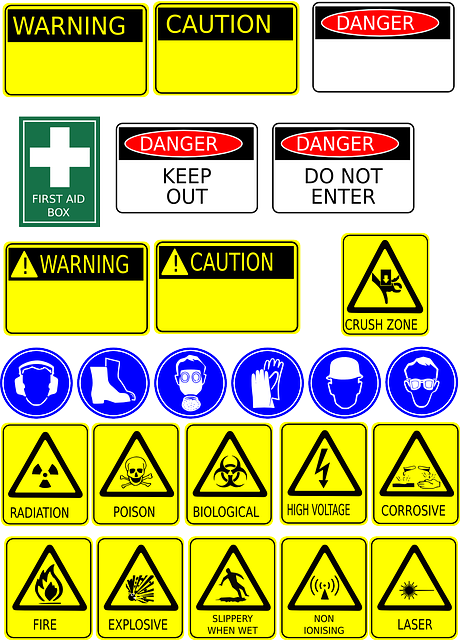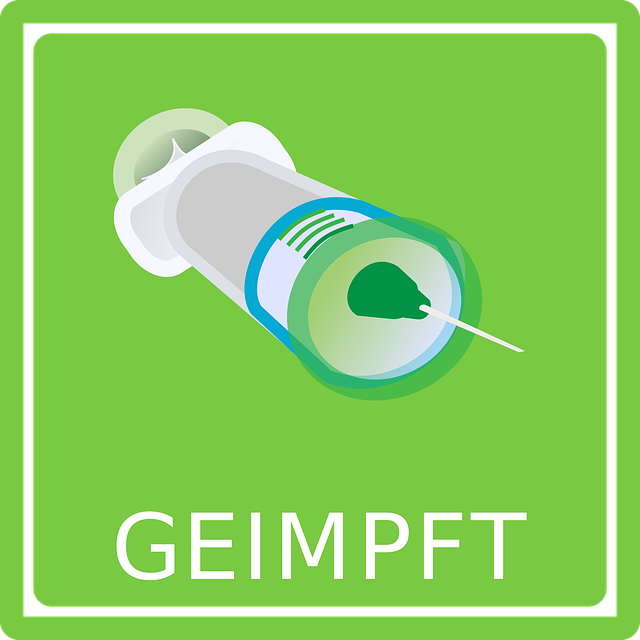Healthcare fraud requires constant vigilance, with medical background verification as a key defense. This process cross-references data to uncover discrepancies in employment, credentials, and licensing. Advanced technology, including data analytics and pattern recognition algorithms, enhances this by identifying unusual claims patterns. By combining meticulous scrutiny of qualifications and advanced analytical tools, healthcare organizations can proactively protect against fraud, maintain standards, and safeguard patients. Future prevention methods will leverage AI and biometric authentication for enhanced security.
In the ever-evolving landscape of healthcare, fraud remains a persistent challenge. This article delves into the critical aspect of detecting fraud within professional applications, exploring common schemes plaguing the industry. We examine the pivotal role of medical background verification as a powerful tool in identifying fraudulent activities. Additionally, it highlights data sources, analysis techniques, and best practices for prevention, offering insights into future trends to ensure the integrity of healthcare systems through robust fraud mitigation strategies, including efficient medical background verification processes.
- Understanding Common Healthcare Fraud Schemes
- Role of Medical Background Verification in Detection
- Data Sources and Analysis Techniques for Fraud Identification
- Implementing Preventive Measures: Best Practices
- Future Trends in Healthcare Application Fraud Prevention
Understanding Common Healthcare Fraud Schemes

Healthcare fraud schemes are diverse and ever-evolving, requiring a keen eye for detection. Common scams often involve false claims for services not rendered or exaggerated charges. For instance, fraudulent providers may falsify patient records to justify unnecessary procedures or submit incorrect billing codes to receive higher reimbursements. Another scheme is identity theft, where criminals use legitimate healthcare professionals’ credentials to bill insurers, causing significant financial losses.
Medical background verification plays a pivotal role in combating these frauds. Cross-referencing employment histories, educational credentials, and licensing information can help identify discrepancies. Advanced technology like data analytics and pattern recognition algorithms can uncover unusual patterns or anomalies in claims data, indicating potential fraudulent activities. This proactive approach ensures the integrity of the healthcare system and protects both patients and legitimate providers from financial burden.
Role of Medical Background Verification in Detection

Medical background verification plays a pivotal role in detecting fraud within healthcare professional applications. It involves meticulous scrutiny of an individual’s educational qualifications, licenses, certifications, and work history to ensure accuracy and legitimacy. By cross-referencing data from various reliable sources, this process helps uncover potential discrepancies or false claims that could indicate fraudulent activity.
Furthermore, medical background verification serves as a robust shield against malpractice and unethical behavior. It ensures that healthcare providers have the necessary training, expertise, and clear records, thereby fostering public trust in the system. This preventive measure is instrumental in maintaining high standards within the healthcare industry and safeguarding patients from potential harm caused by fraudulent practices.
Data Sources and Analysis Techniques for Fraud Identification

Healthcare fraud detection relies heavily on robust data sources and advanced analysis techniques. Verifying the medical backgrounds of professionals is a critical first step, leveraging comprehensive databases that include licensing records, education credentials, and prior employment histories. These structured datasets provide a foundation for initial screening and flagging potential red flags.
Beyond basic verification, machine learning algorithms and natural language processing (NLP) play a pivotal role in unearthing subtle patterns and anomalies indicative of fraudulent activity. By analyzing large volumes of application documents, patient records, and claims data, these techniques can identify suspicious behaviors such as inconsistencies in employment histories, fabricated credentials, or unusual billing patterns. The combination of meticulous data sourcing and sophisticated analytical tools empowers healthcare organizations to build robust defenses against fraud, ensuring the integrity of their professional networks.
Implementing Preventive Measures: Best Practices

Implementing robust preventive measures is paramount in detecting and deterring fraud within healthcare professional applications. A multifaceted approach, encompassing comprehensive background verification, becomes imperative to ensure patient safety and maintain ethical standards. Medical background verification plays a pivotal role here, as it involves meticulous scrutiny of applicants’ qualifications, licenses, and employment history. This process includes cross-checking data against authoritative sources, such as state medical boards and licensing bodies, to establish authenticity and identify any red flags that might indicate potential fraudulent activities.
Best practices in this domain include regular updates to verification protocols, leveraging advanced technology for data validation, and promoting transparency through clear communication channels. By integrating these measures, healthcare organizations can significantly reduce the risk of fraud, fostering a culture of integrity and accountability among their workforce.
Future Trends in Healthcare Application Fraud Prevention

As technology advances, so do the methods employed by fraudsters. Future trends in healthcare application fraud prevention will likely involve more sophisticated data analytics and artificial intelligence (AI) to detect anomalies and patterns indicative of fraudulent activity. Advanced algorithms can analyze vast amounts of data from various sources, including medical background verification, electronic health records, and social media, to identify potential red flags that might escape human detection.
Additionally, biometric authentication and digital signature technologies will play a more significant role in ensuring the authenticity of healthcare applications. These innovations will make it harder for imposters to create fake identities or manipulate documents. With continuous updates and learning from new data, these systems can adapt to evolving fraud schemes, providing a robust defense against healthcare application fraud.














